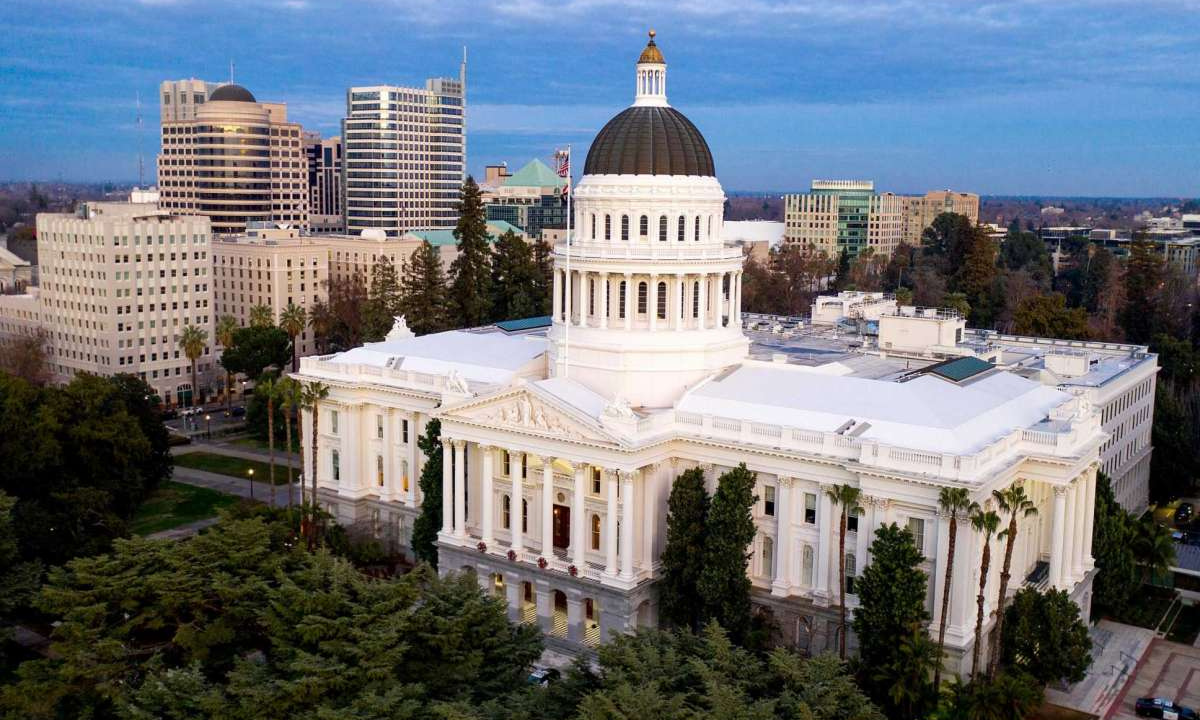Written by Bobbie Wylie
California state lawmakers are hoping to use a projected $31 billion surplus to increase infrastructure projects, which may reduce or eliminate any rebate checks California taxpayers had hoped for this year.
The state is nearing a state spending threshold called the Gann Limit. The 1979 spending law requires the state government to give surplus funds past a certain limit back to taxpayers. Once the Gann Limit is exceeded, half of the surplus money is to be appropriated to K-12 education, and the other half is to be returned to taxpayers in the form of rebates.
California democrats are hoping to reduce the amount by which they exceed the Gann Limit by spending a large amount of the surplus money to fuel an infrastructure boom.
Assemblyman Phil Ting (D-San Francisco), who heads the Assembly Budget Committee, says he aims to spend a “significant portion” of the surplus on infrastructure, including $10 billion for school facilities and $10 billion for transportation projects.
This could mean that lawmakers will not be required to send as much (or any) money back to taxpayers in the form of rebates, though Ting says that “stimulus checks are still on the table.”
Democratic Senator Scott Weiner said “We have infrastructure that needs to be prioritized,” continuing, “If you’re sending rebates back instead of bolstering water systems and addressing sea level rise… you’re still shortchanging taxpayers.”
This is the second year in a row that California revenue has come close to triggering the Gann Limit’s requirements. Senate Democrats have expressed interest in considering reforms to “modernize the Gann Limit while respecting original intent.”
State Senator Jim Nielsen, (R-Red Bluff) Vice Chair of the Senate Budget Committee, expressed skepticism about Democrats’ plans to “modernize” the Gann Limit. “Their intent is not to revise and reform it,” Nielsen said. “Their intent is to destroy it.”
The attempts of California Democrats to reduce the rebates given to taxpayers falls far outside of the original intent of the Gann Limit. Meanwhile, many Californians are pessimistic they will ever see the benefits of their tax dollars in use.
Photo Cred: Noah Berger/ San Francisco Chronicle




